THE WANAMAKER ORGAN
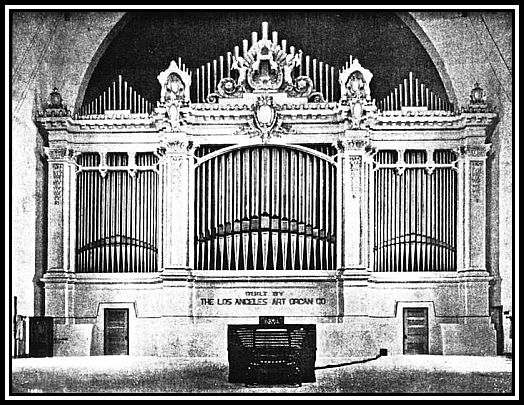 The Grand Concert Organ in Festival Hall of the St. Louis World’s Fair, 1904
The Grand Concert Organ in Festival Hall of the St. Louis World’s Fair, 1904
—ooOoo—
PART FIVE:
THE GRAND OPENING CONCERTS – 2014
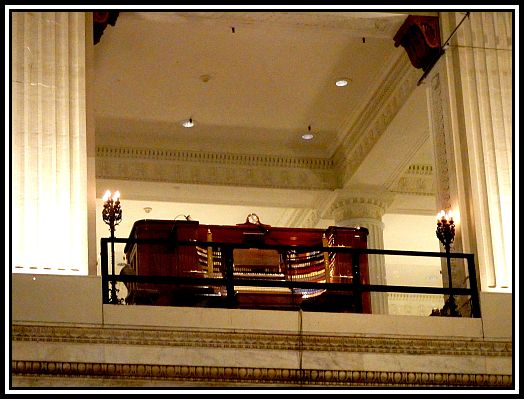 The Wanamaker Organ Console installed between 1930 and 1932
The Wanamaker Organ Console installed between 1930 and 1932
-oOo-
RADIO DAYS
From 10th August, 1922 until the end of May 1928, The Wanamaker Store operated an in-house Radio Station, WOO. The Wanamaker Organ was heard on WOO from September 1922 with the broadcasts being made by the organist-in-residence, Ms Mary E. Vogt. At that time, department stores owned radio stations and used them to help advertise the radio receivers that they were hoping to sell.
WOO also transmitted popular programming that featured talent from amongst the staff including The Wanamaker Cadets, Store Bands and singers. The programmes were heard at some distance due to the huge aerial on the roof of the Store.
Programming did not always work out as hoped: for example, it was hoped to broadcast the first ringing of The Founder’s Bell at midnight of New Year’s Eve 1926. When Rodman Wanamaker pushed the button to signal its ringing, nothing happened! Eventually, once the problem was overcome, The Bell would ring the hour several times a day on WOO between programmes.
Rodman Wanamaker death on 9th March, 1928 together with the repercussions of The Great Depression (1929-1939) brought many changes to the running of the Wanamaker Stores and to the events and projects that it supported. Unfortunately, Rodman Wanamaker’s remaining children were more interested in reaping salaries for their seats on the Board of the Company rather than in investing in events and projects. Mr. Wanamaker had made provision in his will that the running of the Company should pass to management and held in a Trust for his family. His remaining son, Captain Jack Wanamaker, was considered ill-equipped to take control, as a result of his chosen lifestyle and apparent lack of responsibility.
Management proved unwilling to continue some of the Stores’ activities, which was in agreement with the family members. Once The Depression began to take its toil an effect on the country, retail sales declined. After Hours Concerts were abruptly ended and WOO was also shut-down since management was unwilling to update the equipment needed to maintain it. In addition, The Organ Workshop was drastically reduced in a staff for performing routine maintenance only However, management did allow Organ projects in progress to be completed.
-oOo-
During the 1930s, the Organ was once again heard on the airwaves of Philadelphia when Ms Mary Vogt gave weekday morning radio broadcasts on WFIL. These programmes were to continue until the 1950s.
-oO0-
The Philadelphia Radio Station, WRTI, was founded in 1948 by Professor Emeritus of Communications, John Roberts, at Temple University, as a campus-limited station. It was originally intended to be a student laboratory, as its Call Letters, RTI, imply, standing for Radio Technical Institute.
-oOo-
When I went to university, we did not have campus-limited radio stations. The British Government guarded the radio frequencies fiercely and allowed the BBC to have a monopoly over the airwaves. It wasn’t until the advent of the English language arm of Radio Luxembourg in 1933 (terminated service in 1992) together with a number of other such companies that the public was offered some choice in who produced programming. These radio stations failed to get the Government to allow them official access from Britain.
Closing music at Radio Luxembourg
However, it was with the advent of the Pirate Radio Stations of the 1960s, which broadcast from boats anchored offshore in the international waters of the North Sea and the English Channel that eventually brought about change. In 1967 change came to the BBC itself and its stations were totally revamped and became more in keeping with public demand. Later the Government allowed non-BBC radio stations to be formed and based on British soil.
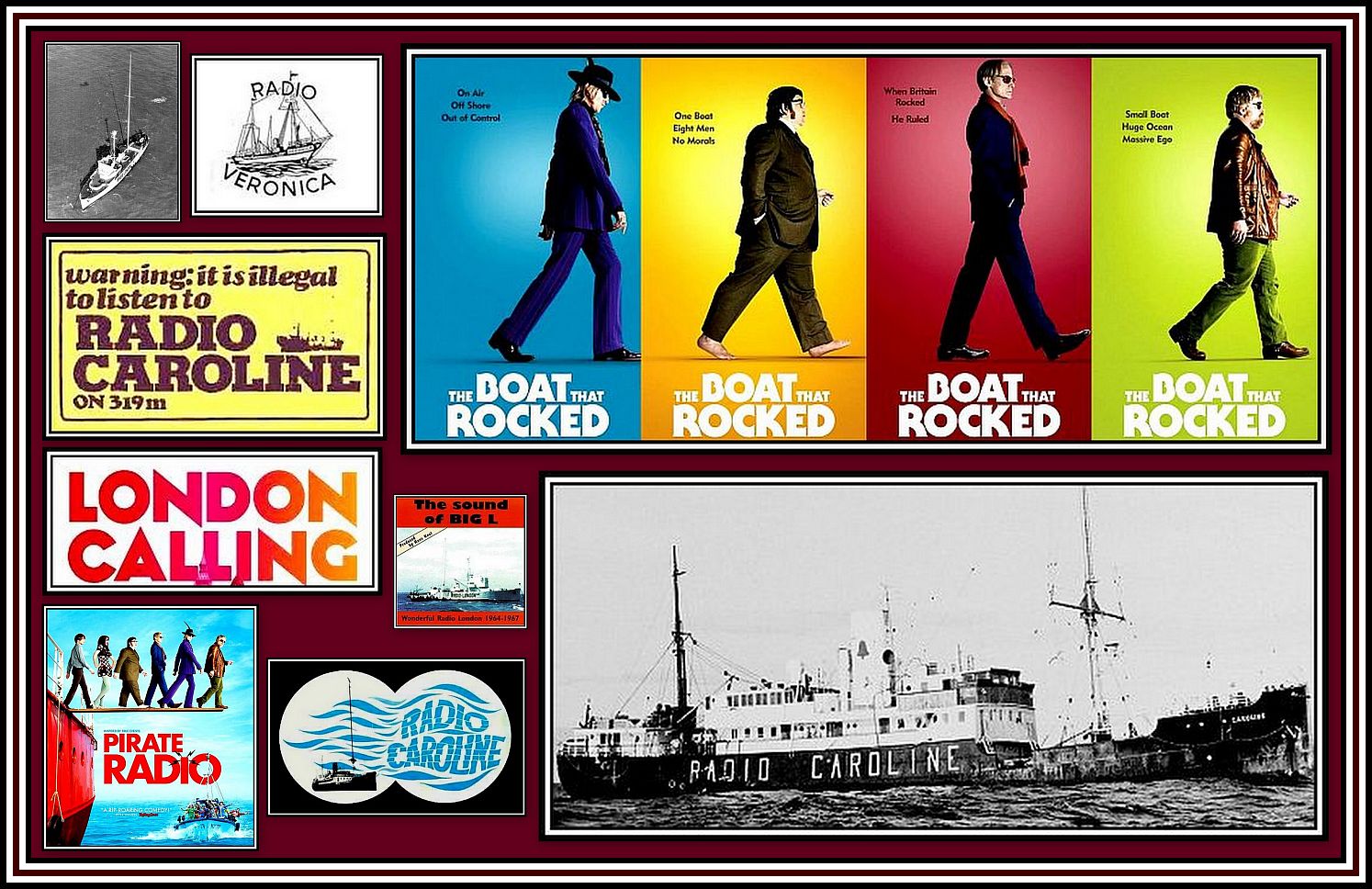 Pirate Radio Stations – The Boat that Rocked
Pirate Radio Stations – The Boat that Rocked
Today, every little area in the UK, be it town or city or county, seems to have its own radio station. In addition, radio stations have been started with a specific audience in mind. Some have become very successful and are listened to around the world thanks to development of the Internet.
One particular station that I enjoy listening to is Angel Radio, which was started specifically for older people in and around the Borough of Havant and has since come to other areas via the World Wide Web.
My first taste of campus-limited stations was when I worked at Yeshiva University in New York City. I was intrigued to learn that one of my students of Organic Chemistry was in charge of the campus radio station, WYUR. Following one of my classes, I was asked if I would like to tour the station and perhaps allow him to interview me on the air. This we did and the whole situation proved both enjoyable and entertaining.
-oOo-
In 1953, WRTI became a licensed FM Radio Station operating at 10 watts from the main campus of Temple University in Philadelphia. In 1968, WRTI-AM and the student laboratory, closed down permanently and in 1969, WRTI-FM adopted an all-Jazz format. In 1989, WRTI’s antenna was relocated to a higher tower in Roxborough at increased power, which resulted in the station operating as a 50 kW class B facility. In 1997, with a change in format of the classical music radio station in Philadelphia, WRTI-FM added this type of music to its programming.
Today, WRTI-FM is a music-intensive Public Radio service, broadcasting classical music during the daytime from 6 A.M. to 6 P.M. and Jazz at night from 6 P.M. to 6 A.M. As a result of this format, WRTI-FM has become one of the top-rated Public Radio Stations in the area and in the country.
-oOo-
When Keith Chapman (1945-1989) was appointed as the organist-in-residence in 1966 when Ms Mary E. Vogt retired, he immediately began to showcase the Organ. One of his first undertakings was to arrange the broadcasting of radio concerts of his playing of the Organ. These concerts were heard through the Philadelphia Radio Station, WUHY (which in 1983 returned to its original call letters, WHYY).
Dr. Chapman was killed together with his wife in 1989. At this time, it was believed that all copies of these broadcasts had been destroyed. Happily this was not the case and two devotees of The Wanamaker Organ have been able to produced digitally remastered recordings of these broadcasts. The Friends of the Wanamaker Organ have since reissued a compact disc of three of these half-hour performances.
Permission to reproduce the Centre & Right photographs given by wanamakerorgan.com
I have convinced myself that I heard some of these broadcasts while living in Toronto in Canada at the time that they were originally aired. I believe that they were broadcast by the CBC-affiliate radio station in Toronto on a Saturday afternoon. Some have questioned this and suggest that I was perhaps listening to recordings. Perhaps they are right and I am wrong. Dr. Chapman was the organist at the first after hours concert at The Store in over fifty years in 1986. This concert was given to celebrate the 75th Anniversary of The Organ’s installation and also Dr. Chapman’s 20th year as the principal organist. Thanks to this revival of the after hours concert tradition here, they have continued thanks to the good graces of R.H. Macy & Company and The Friends of the Wanamaker Organ.
Click here to hear Dr. Chapman playing The Organ
-oOo-
WRTI begun broadcasting The Organ on a regular basis in the programme, The Wanamaker Organ Hour, in February 2005. The idea for such a programme came about following an interview undertaken by Ms Jill Pasternak with the Organist-in-Residence, Peter Richard Conte and Organ Curator, L. Curt Mangell, which was broadcast in November 2003 on her weekly Saturday morning music-interview programme, Crossover.
The interview led to the first live broadcast of The Organ on Wanamaker Organ Day presented on Saturday, 26th June 2004 at what was then the Lord & Taylor Department Store. The live broadcast took place during Ms Pasternak’s regularly scheduled programme, Crossover, since the Organ Day is always held on a Saturday.
Since June 2004, the Wanamaker Concert Day has been presented live on Crossover each year. In addition, since the first broadcast in 2004, a monthly programme, The Wanamaker Organ Hour, featuring Mr. Conte at the Organ together with occasional guest organists and is pesented on the first Sunday of each month between 5 P.M. and 6 P.M. on WPTI. The Wanamaker Organ Hour is produced with the co-operation of the Friends of the Wanamaker Organ together with R.H. Macy & Company (and with Lord & Taylor in the past) as underwriters to cover the costs.
-oOo-
I would like to thank Mr. Joe Patti who is production manager and substitute classical host at WRTI-FM for his help and for providing much of the information given here.
-oOo-
The Grand Opening Concert of the Wanamaker Organ Day 2014 was given in the morning and was now the habit (and tradition) was broadcast live on the radio programme, Crossover by WRTI-FM and on the Internet. The programme was introduced by Ms Jill Pasternak and featured the organists Peter Richard Conte together with the organists, Tedde Gibson and Rudy Lucente, and the pianist, Jeremy Filsell.
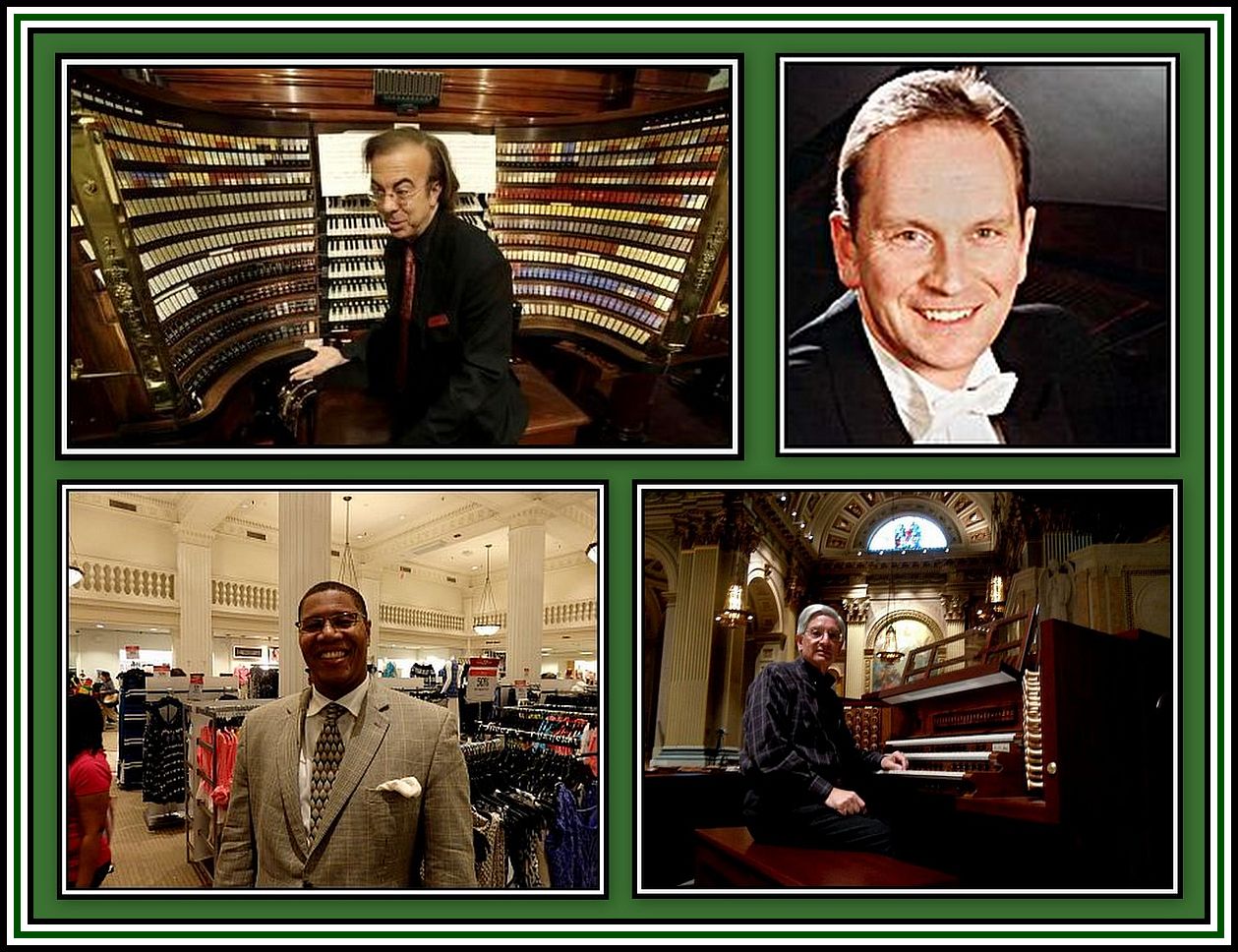 Top Row – Left: Peter Richard Conte; Right: Jeremy Filsell;
Top Row – Left: Peter Richard Conte; Right: Jeremy Filsell;
Bottom Row – Left: Tedde Gibson; Right: Rudy Lucente
-oOo-
Although I arrived at the Grand Court in what I thought was in good time to find a seat, I was very much mistaken. The seating that had been placed in the atrium of the Court were all taken at the time of my arrival. I had hoped to sit at one of The Claws of The Eagle, but these places were evidently seats of choice and had gone quickly. I had been told that sitting just behind The Eagle was a plum place to sit, as the acoustics were excellent here.
 Seating arrangements for the Concert
Seating arrangements for the Concert
I looked around and noted that there were seats in the Women’s Shoe Department. These seats were for shoppers wishing to try on shoes before making their final purchases and not intended for music enthusiasts. However, I noticed that several music lovers had taken their place amongst the shoppers and so I decided to do the same.
I made myself comfortable and waiting for the concert to begin. Around me eager shoppers continued to look, examine and touch the shoes on display. Occasionally one would be taken to a Sales Associate who would escort the potential shopper to the counter against the wall and ask her to wait while she disappeared to find the shoe in the correct size. Once the treasured shoe was found and brought to the shopper, she sat down and tried it on. Although many tried on shoes, few seemed to actually make a purchase.
Meanwhile, with commerce continuing around me, the final testing of the microphones and the rest of the other necessary preparations were being undertaken. And then at 11.30 A.M., Ms Jill Pasternak of WRTI-FM’s Crossover programme made her introductory announcement and The Grand Opening Concert began.
 Peter Richard Conte at The Organ
Peter Richard Conte at The Organ
The Grand Opening Concert was a mixture of musical pieces played on the Organ and on the piano on the small stage before the Faux Pipes. which were separated by suitable introductions together with some conversation between Ms Pasternak and Peter Richard Conte.
The audience sat intently while the music was playing. Meanwhile the shoppers continued to mill and buzz around the displays and were evidently finding more interest in the shoes than in the music.
-oOo-
The programme presented at the Concert was:
Processional by William Mathias – performed by Peter Richard Conte
The Elephant & The Swan (Carnival of the Animals) by Saint-Saens – performed by Tedde Gibson
Pavane by Ravel – performed by Tedde Gibson
Solemn Procession by Richard Strauss – performed by Rudy Lucente
Excerpts from Rhapsody in Blue by George Gershwin and
Excerpts from First Piano Concerto by Rachmaninoff – performed by Jeremy Filsell (piano)
Scherzo from Sonata VII by Alexandre Guilmant – performed by Peter Richard Conte
-oOo-
Once the concert came to an end, the musicians were greeted by a standing ovation from the audience to show their appreciation. Somewhat unsurprisingly, the thunderous applause also failed to detract shoppers away from their quest to find just the right shoe.
——oooOOOooo——
ACKNOWLEDGEMENTS
I would like to thank the Friends of the Wanamaker Organ for allowing their photographs to appear here.
I would also like to thank Mr. Joe Patti of WTRI-FM for his help, kindness and consideration in the preparation of this piece.
——oooOOOooo——
Click here to go to THE WANAMAKER ORGAN – PART SIX:
THE FRIENDS WURLITZER ORGAN & ZORRO
——oooOOOooo——
Click here to return to THE WANAMAKER ORGAN – PART FOUR:
A VISIT BEHIND THE SCENES
——oooOOOooo——
Click here to return to THE WANAMAKER ORGAN – PART THREE:
CONCERT DAYS
——oooOOOooo——
Click here to return to THE WANAMAKER ORGAN – PART TWO:
I’M OFF TO PHILADELPHIA IN THE MORNING
——oooOOOooo——
Click here to return to THE WANAMAKER ORGAN – PART ONE:
HISTORICAL BACKGROUND
——oooOOOooo——
Click here to go to THE WANAMAKER ORGAN – HOME PAGE
——oooOOOooo——
Click here to return to the TABLE OF CONTENTS
——oooOOOooo——

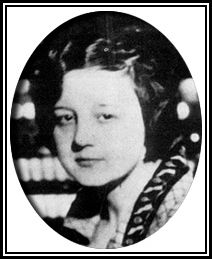

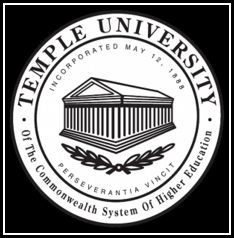
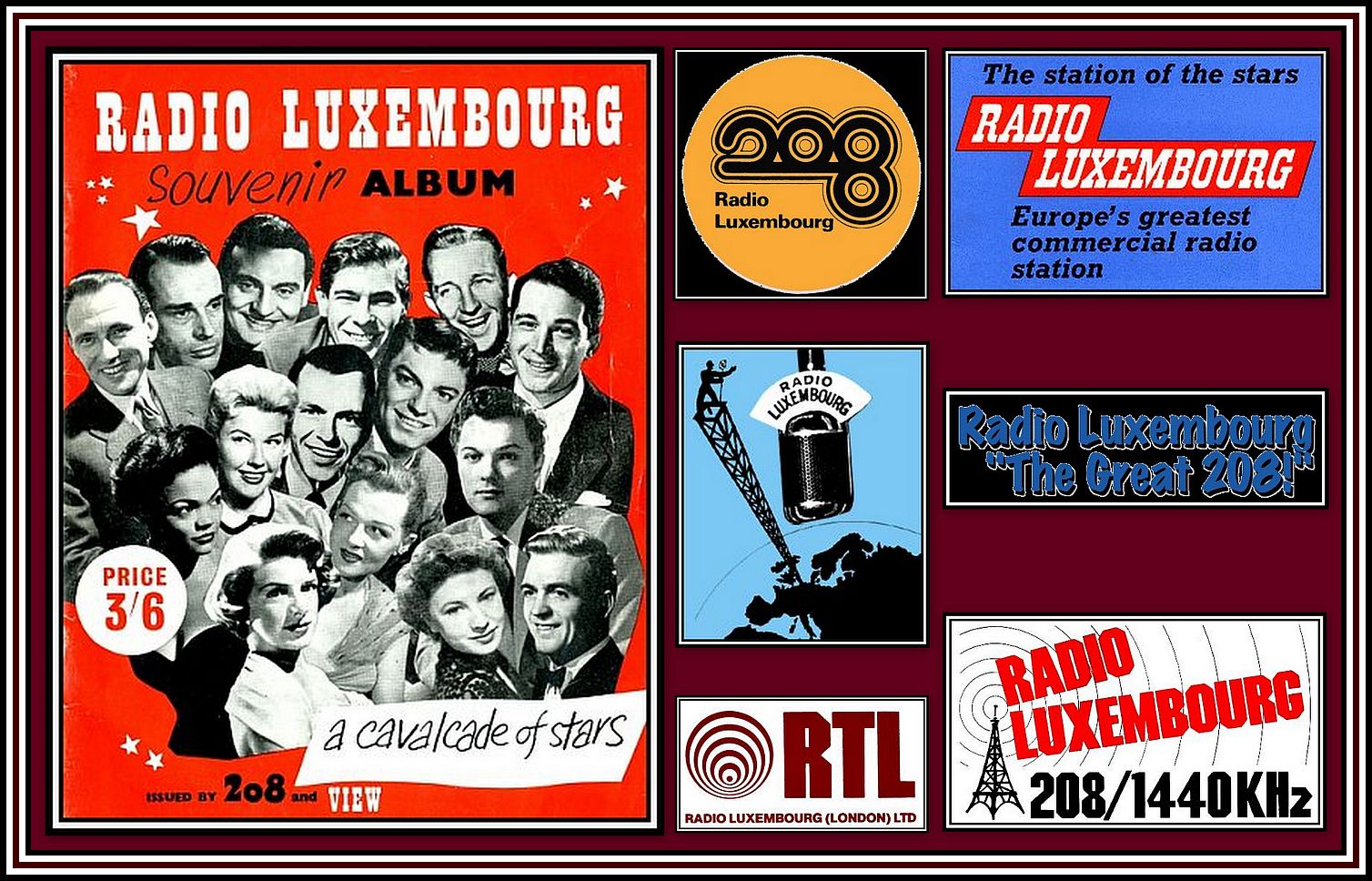
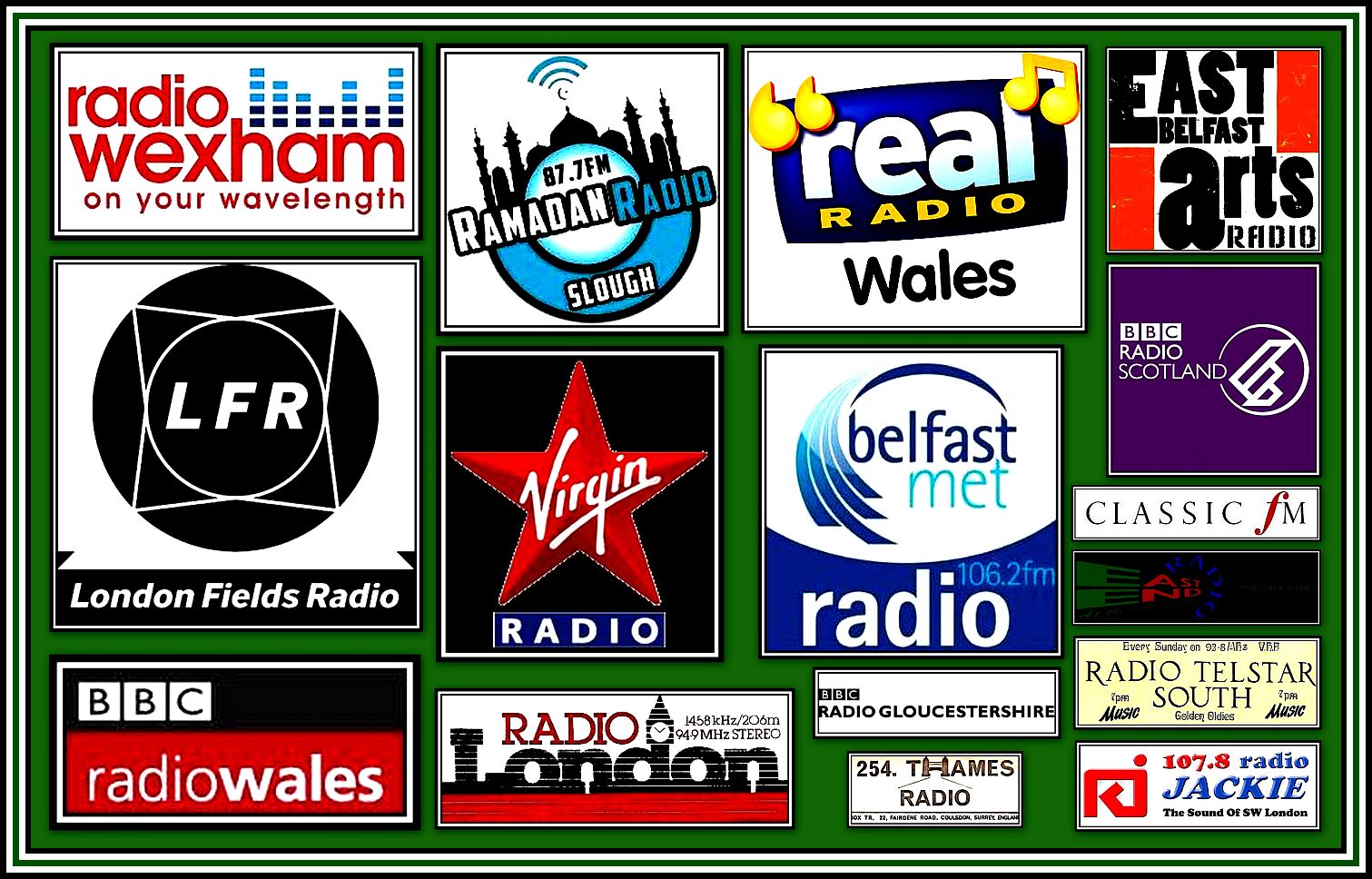

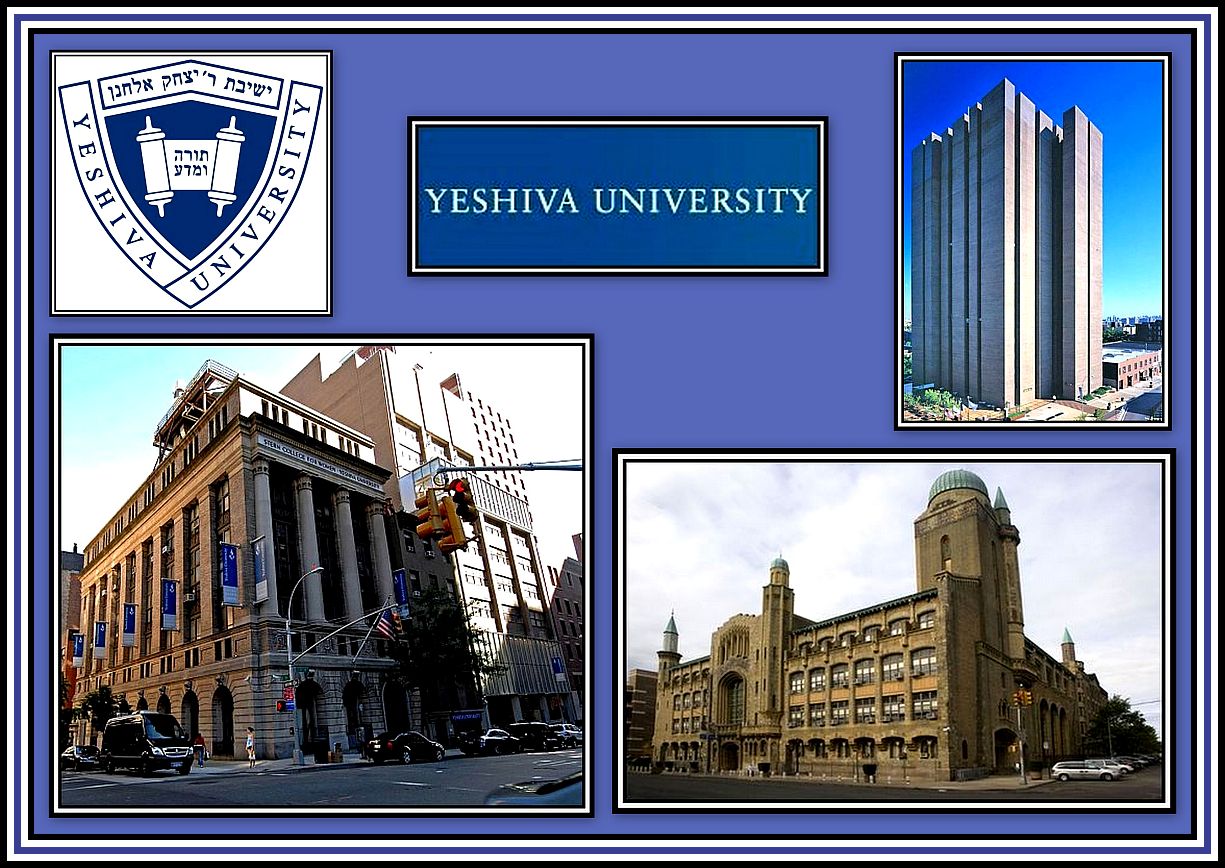
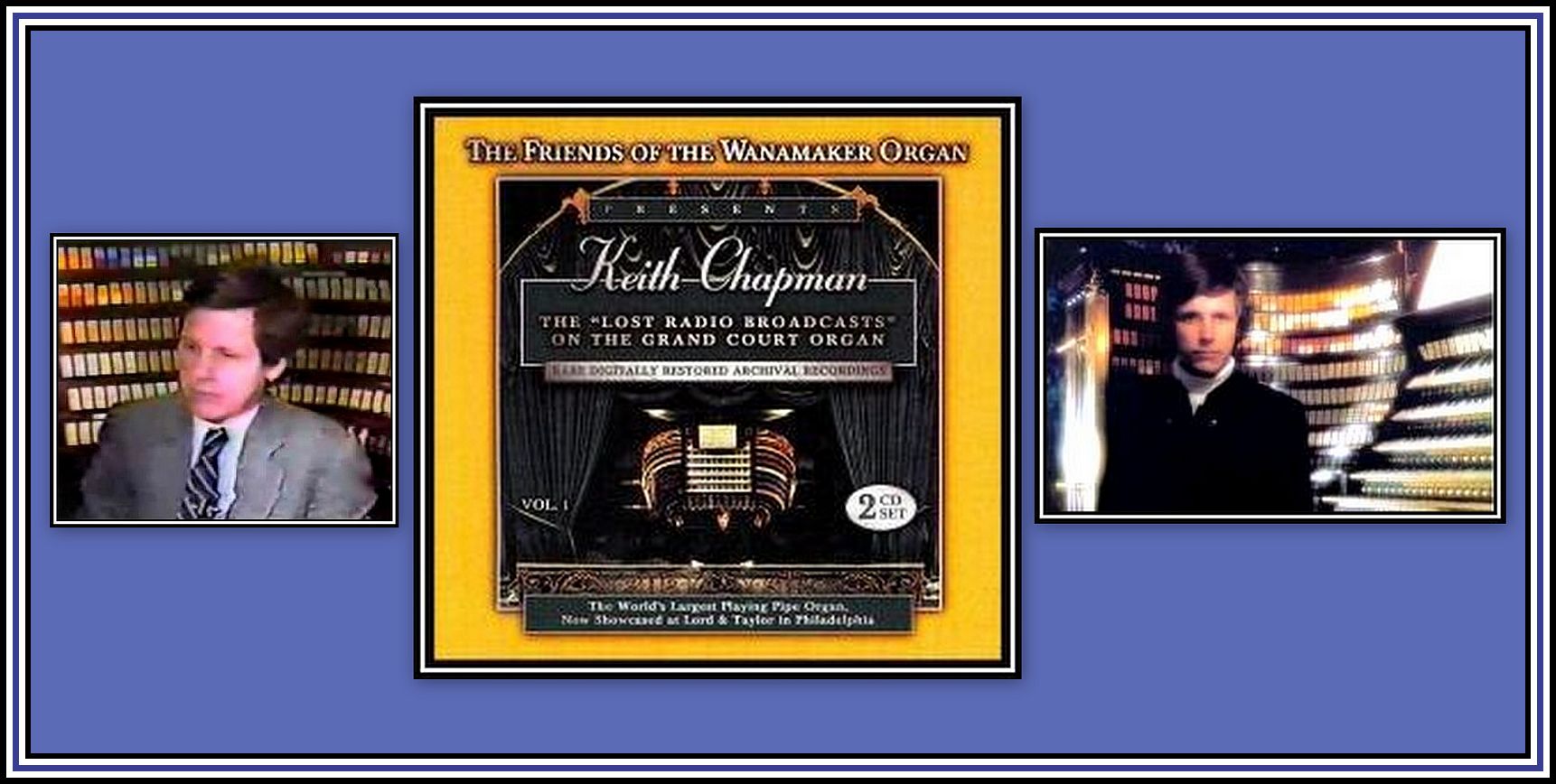
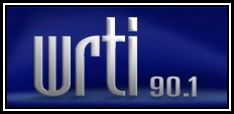
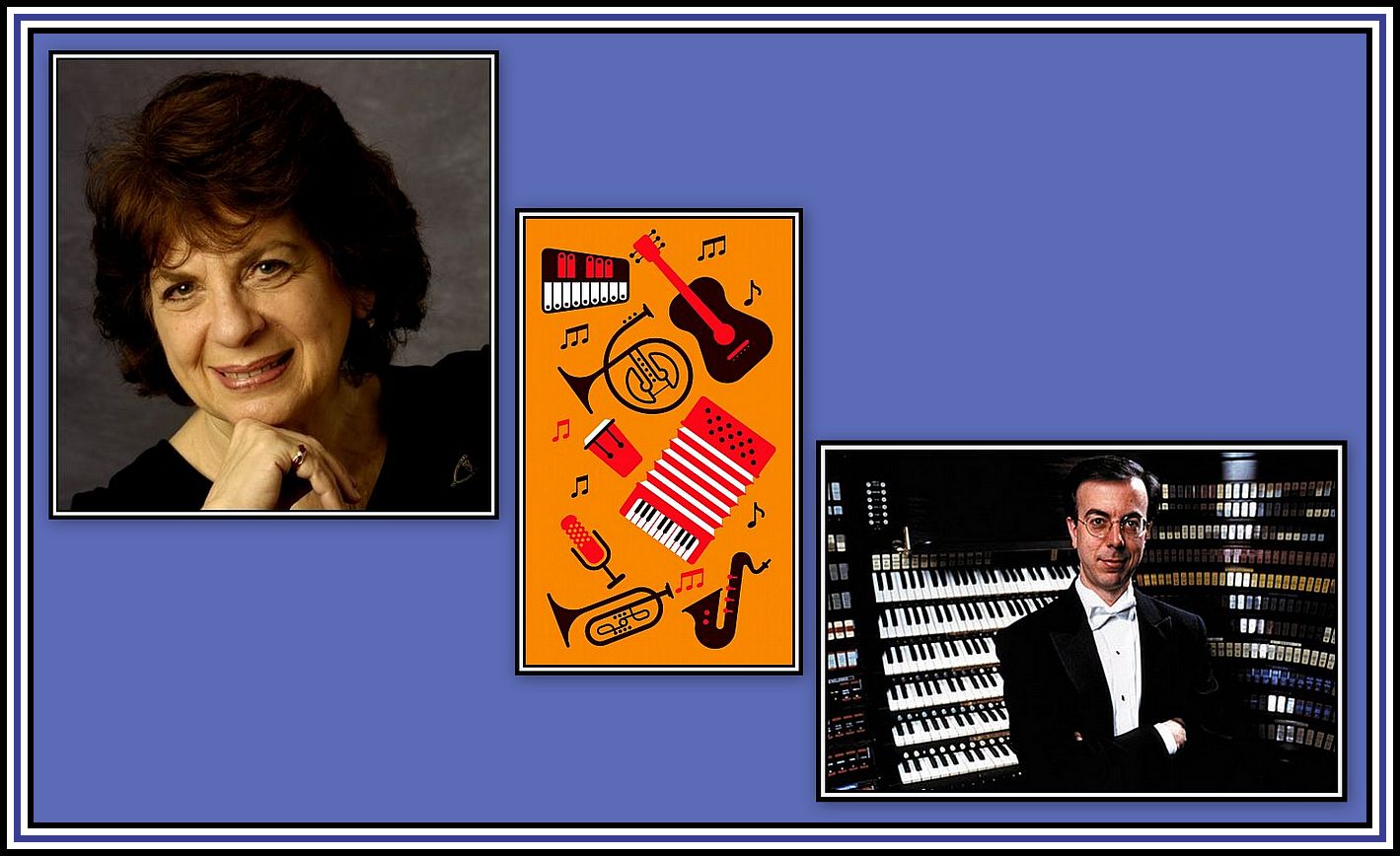
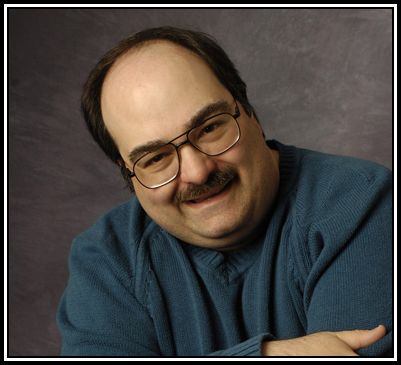
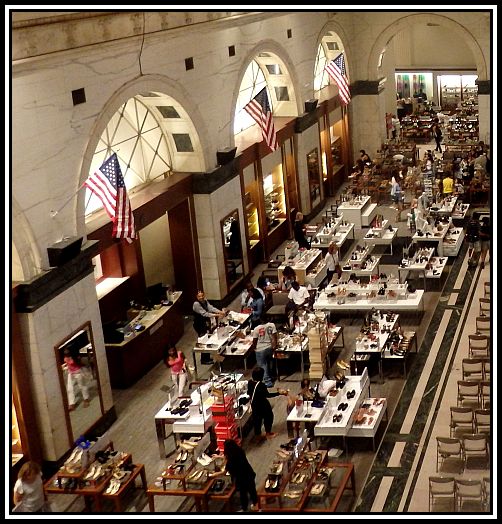
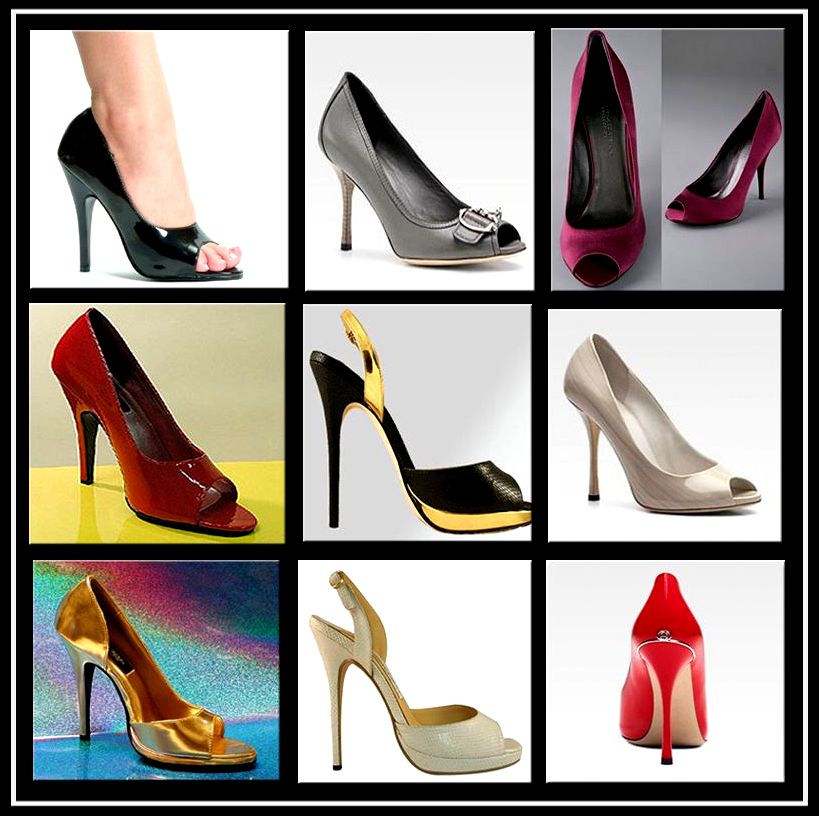
Thanks for all that work !
I may add that one can listen to the WRTI Wanamaker Organ Hour backup on my website : http://organland.free.fr/wrti.html (the missing shows are the rebroadcasts).